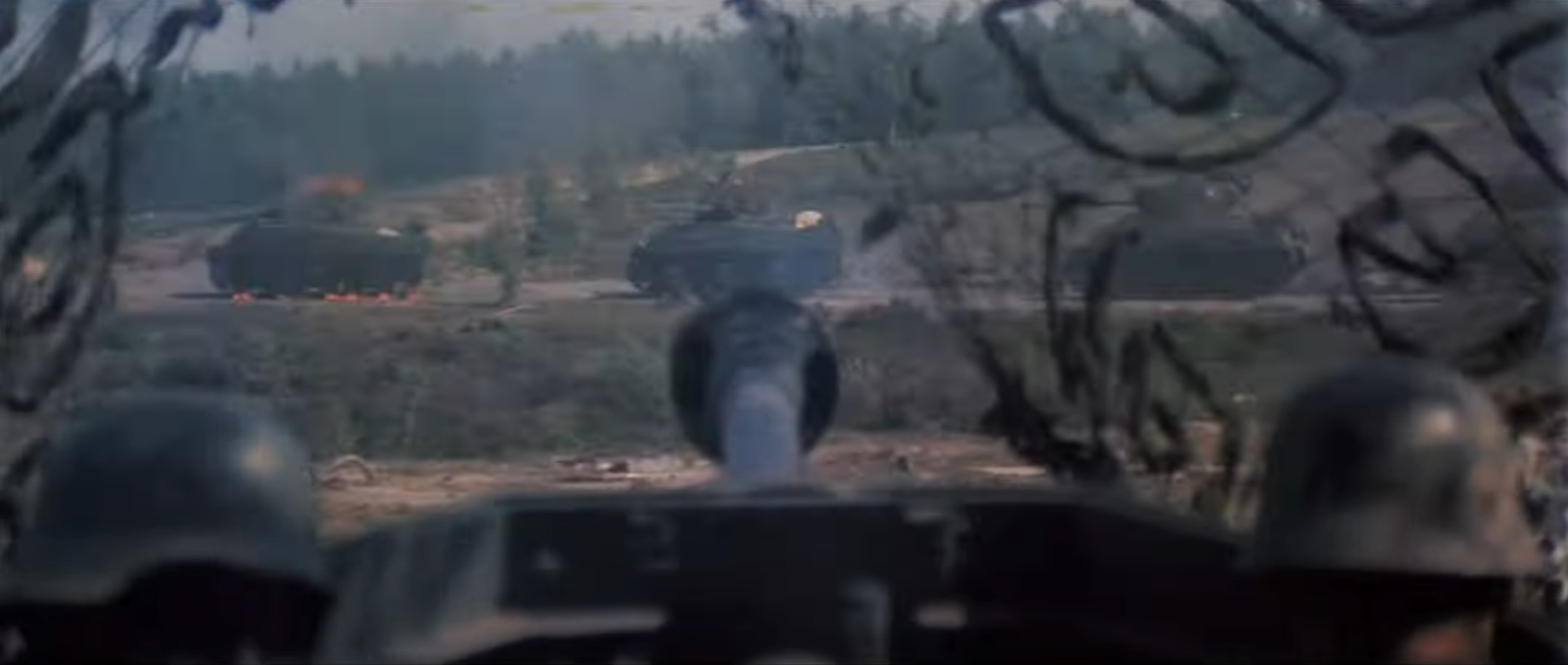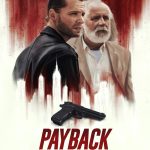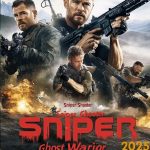A Bridge Too Far

A Bridge Too Far is a 1977 epic war film directed by Richard Attenborough. It depicts Operation Market Garden, a failed Allied operation in the Nazi-occupied Netherlands during World War II; the film’s screenplay, by William Goldman, is based on a book of the same title by historian Cornelius Ryan.[5] It stars an ensemble cast, featuring Dirk Bogarde, James Caan, Michael Caine, Sean Connery, Edward Fox, Elliott Gould, Gene Hackman, Anthony Hopkins, Hardy Krüger, Laurence Olivier, Ryan O’Neal, Robert Redford, Maximilian Schell and Liv Ullmann.
Independently produced by Richard and Joseph E. Levine, it was the second film based on a book by Ryan to be adapted for the screen (after The Longest Day) (1962).[6] It was the second film based on the events of Operation Market Garden, following Theirs Is the Glory (1946).[7] A co-production between the United Kingdom and the United States,[8] the film was shot on location in the Netherlands, in many of the real locations where the historical events took place.

Operation Market Garden involves 35,000 men being flown 300 miles (480 km) from airfields in England and dropped behind enemy lines in the Netherlands. Two divisions of US paratroopers are responsible for securing the road and bridges as far as Nijmegen. A British division, under Major-General Roy Urquhart, is to land near Arnhem and hold the bridge there, backed by a brigade of Polish paratroopers under General Stanisław Sosabowski. XXX Armoured Corps is to push up the road over the captured bridges and reach Arnhem within two days.
As General Urquhart briefs his officers, some are surprised that they are going to attempt a landing so far from their objectives. Although the consensus is that resistance will consist entirely of inexperienced old men and Hitler Youth, reconnaissance photos show German tanks at Arnhem. General Browning nevertheless dismisses the photos and ignores reports from the Dutch underground.

The Arnhem bridge is the prime target, as the last means of escape for the German forces in the Netherlands and is a direct route to Germany. However the road to it is only a single lane linking the key bridges, and vehicles have to squeeze onto the verge to pass. The road is also elevated, causing anything moving along it to stand out.
Although the airborne drops surprise the enemy and meet little resistance, the Son bridge is demolished by the Germans just before it can be secured. Furthermore, many of the jeeps either do not arrive or are destroyed in an ambush, in addition to their nonfunctional radio sets.
Meanwhile, XXX Corps’s progress is slowed by German resistance, the narrowness of the road, and the need to construct a Bailey bridge to replace the bridge at Son. They are halted at Nijmegen, where soldiers of the 82nd Airborne Division perform a daylight crossing to capture the Nijmegen bridge, and XXX Corps is further delayed waiting for infantry to secure the town.
The Germans close in on the isolated British paratroopers occupying Arnhem near the bridge, and although Sosabowski’s troops finally arrive after being delayed in England they are too late to reinforce the British. After days of intense fighting against SS infantry and panzers the outgunned troops are either captured or forced to withdraw to Oosterbeek. Urquhart receives orders to retreat, while the other Allied commanders blame the various difficulties encountered for their failure to provide support.
Urquhart escapes with less than a fifth of his original 10,000 troops while those who are too badly injured to flee stay behind to cover the withdrawal. At British headquarters, Urquhart confronts Browning about his personal sentiments regarding the operation and the latter contradicts his earlier optimism.
Suggested videos for you:
@lovrstify99 Transformers- The Last Knight 2017 | Best Movie Action 2024 #highlights #movieclips #movies #moviehighlights #tranfomer
Suggested videos for you:
@licktowing11 T-850 vs T-X (Bathroom Fight) Terminator3 #movie #movieclip #highlights #moviehighlight #terminator3
Suggested videos for you:











